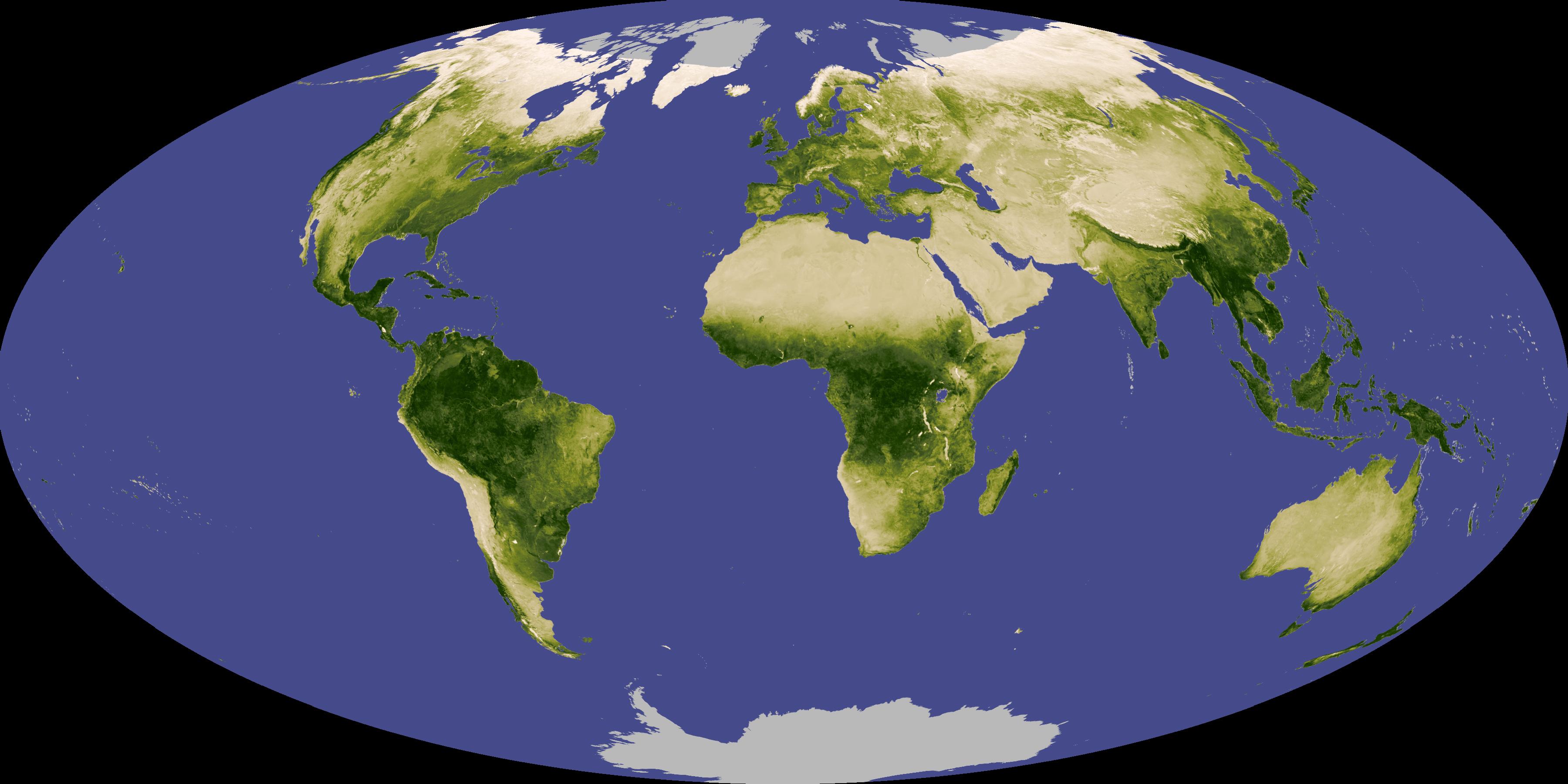-
Atmospheric Seasons Could Signal Life on Exoplanets
May 24, 2018 / Written by: Miki Huynh
Satellites monitor how ‘greenness’ changes with Earth’s seasons. Image source: NASA (via UCR)The current approach to the search for life on exoplanets involves scanning for biological signs, such as in the chemistry of the atmosphere and the presence of molecules like O2, CO2, and CH4. However, a detected presence, or absence, of a biosignature alone may only give us a partial or inaccurate picture.
Scientists with the NASA Astrobiology Institute Alternative Earths team based at the University of California, Riverside are devising a new strategy, and they are developing the first quantitative framework for investigating dynamic biosignatures based on seasonal changes in the Earth’s atmosphere. Just as the balance of atmospheric gases on Earth shift from season to season, patterns of change in atmospheric conditions over time could also naturally occur on exoplanets.
“Atmospheric Seasonality as an Exoplanet Biosignature” is published in the The Astrophysical Journal Letters.
A press release by Sarah Nightingale is available through UCR Today. The story has been picked up by news outlets including Eureka Alert and Fox News.
Source: [University of California, Riverside]
- The NASA Astrobiology Institute Concludes Its 20-year Tenure
- Global Geomorphologic Map of Titan
- Molecular Cousins Discovered on Titan
- Interdisciplinary Consortia for Astrobiology Research (ICAR)
- The NASA Astrobiology Science Forum Talks Now on YouTube
- The NASA Astrobiology Science Forum: The Origin, Evolution, Distribution and Future of Astrobiology
- Alternative Earths
- Drilling for Rock-Powered Life
- Imagining a Living Universe
- Workshops Without Walls: Astrovirology